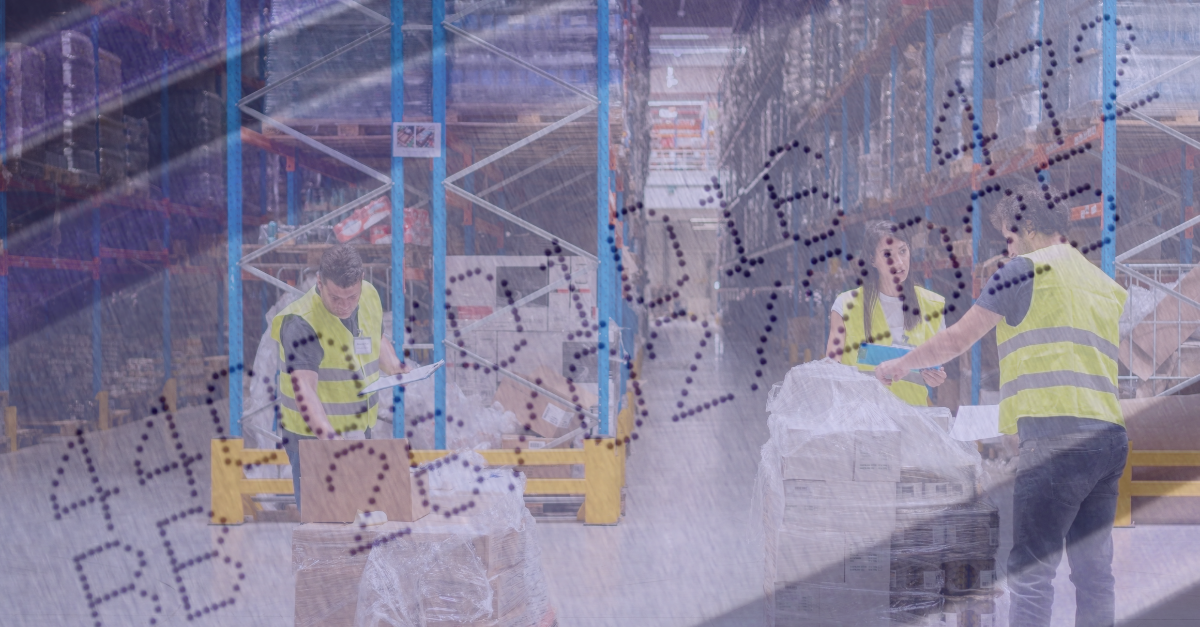Find out how to end stockouts through effective management and adapted logistics strategies. Learn how to anticipate needs, optimize inventories, and use technology to improve the performance of your supply chain
While a shortage of stock is often the result of poor inventory management, it represents a financial loss for the company as well as customer dissatisfaction. Understanding the reasons for a shortage of stock is therefore essential in order to adopt a genuine logistics strategy, and to use the necessary tools to deal with them.
The causes of a shortage of stock
If the quantity of products available is no longer able to meet customer demand, it is called out of stock. It can concern a single product or an entire set. In all cases, it is the consequence of factors that damage the entire supply chain. The reasons may be internal or external.
Internal reasons for the shortage of stock
Poor inventory management is often the cause of a shortage. The cause is a discrepancy between theoretical and physical stock linked to poor inventory taking or a poor appreciation of the minimum stock. The practice of just-in-time flow, ideal for optimizing storage areas and limiting costs, has negative effects during supply difficulties. A poorly organized warehouse, which does not allow to identify areas and traffic flows as well as the position of products, interferes with the proper management of stocks. Bad practices that cause human errors or operational difficulties are all sources of incidents that slow down product processing.
External reasons
External factors can affect stock levels:
- Increased demand for a particular product
- A delay in delivery or difficulties encountered by the supplier
- A lack of reliability on the part of the supplier
- Unforeseeable events: strikes, transport difficulties...
Whatever the causes of a shortage of stock, it is essential to find the right solutions to optimize stock management and avoid as many mistakes as possible. Discover How Premium Power avoids stockouts with Stockoss
Anticipate stockouts
Effective inventory management improves internal performance, but also improves responsiveness to market demands and provides exceptional service to customers.
The importance of accurate inventories
Determining a reliable theoretical stock, close to the real stock, is essential to have good visibility and to make appropriate procurement decisions. Inventory entries and exits must be properly identified to avoid discrepancies. One stocktaking regular or even permanent physical activityt on chronically out-of-stock products or on a selection of identified products, makes it possible to adjust the stock optimally. Different storage units: pallets, packages or bulk can be a source of errors when taking inventory. The complexity of inventory management can be simplified with the adoption of logistics technology, capable of managing different units, for have real-time visibility and simplify the entire supply chain process. For merchant products, the use of bar codes makes it possible to accurately and quickly identify products in stock and ensures their follow-up throughout the supply chain, thus avoiding errors associated with manual data entry.
With Stockoss, you have real-time access to your stock and inventory thanks to their innovative platform. In a few clicks, you can follow the entries and exits of your products and view up-to-date photos of your stock. This instant visibility allows for more precise and efficient management, thus reducing the risks of out of stock. In addition, the automation of orders and the integration with a vast network of logistics partners and carriers ensure perfect synchronization and optimal traceability throughout the supply chain.
An effective forecasting technique to anticipate sales
La knowledge of the life cycle of a product as well as the analysis of sales history are essential to establish reliable forecasts. External factors such as seasonal effects, peak demand or market trends should be taken into account. To determine the quantities of orders required, it is then necessary to collect a set of data for predictive analysis, which is often tedious when the tools are not adapted. Logistics technology offers reliable order forecasting tools to avoid out-of-stock situations and ensure a balance of demand and availability.. Measuring KPIs such as the stock turnover rate or the stock shortage rate makes it possible to adjust orders.
The constitution of a safety stock
A safety stock is essential to cover hazards: pDelivery problem or delay, supplier failure, unforeseeable event... Depending on delivery times, supply thresholds are defined. Below that, alerts signal the risk of breakage and can automatically trigger restocking orders. The level of safety stock is difficult to assess: too low, it generates stockouts and too high, it causes dormant stocks. Adequate safety stock reduces the risk of running out of stock. Close work with the supplier makes deliveries more reliable and allows for contingencies to be anticipated.
Use of advanced technology and management systems
To simplify your BtoB management and optimize your entire supply chain, opt for a digitized solution. Technology and service are combined to adapt to the complexity of your logistics processes and offer you the visibility, traceability, transparency and simplicity expected.
Have a good vision of the stock
No good vision of stocks without appropriate inventory and flow management software. Human processes present risks of errors, which are difficult to reconcile with an accurate inventory. Inventory software is a major asset for managing your warehouse operations. By entering each stock movement, in and out, the quantity of each reference is available and allows you to have an up-to-date vision of the stock in real time and thus avoid stockouts. It also allows you to have alerts when the stock is too low.
Stockoss, a logistics facilitator for professionals, allows you to obtain your stock status in real time and monitor your entries and exits in a few clicks thanks to its logistics technology.
Placing orders through automation
Having inventory management software makes it possible to place orders (inputs/outputs) directly from the application, in a few clicks. Within this same platform, you have access to a vast network of warehouses and partner carriers allowing you to manage your logistics with total control and as simply as files in a cloud. Stockoss takes care of the transport of your products from your suppliers to the warehouse, but also of your deliveries. A network of carriers in Europe meets your omni-channel needs and you benefit from perfect synchronization with your warehouses. Discover tailor-made solutions.
.png)
His challenge was to manage chronic stockouts, compounded by unpredictable events such as roadblocks, which endangered their ability to meet the expectations of their business customers. Find out how Stockoss was able to help them.




